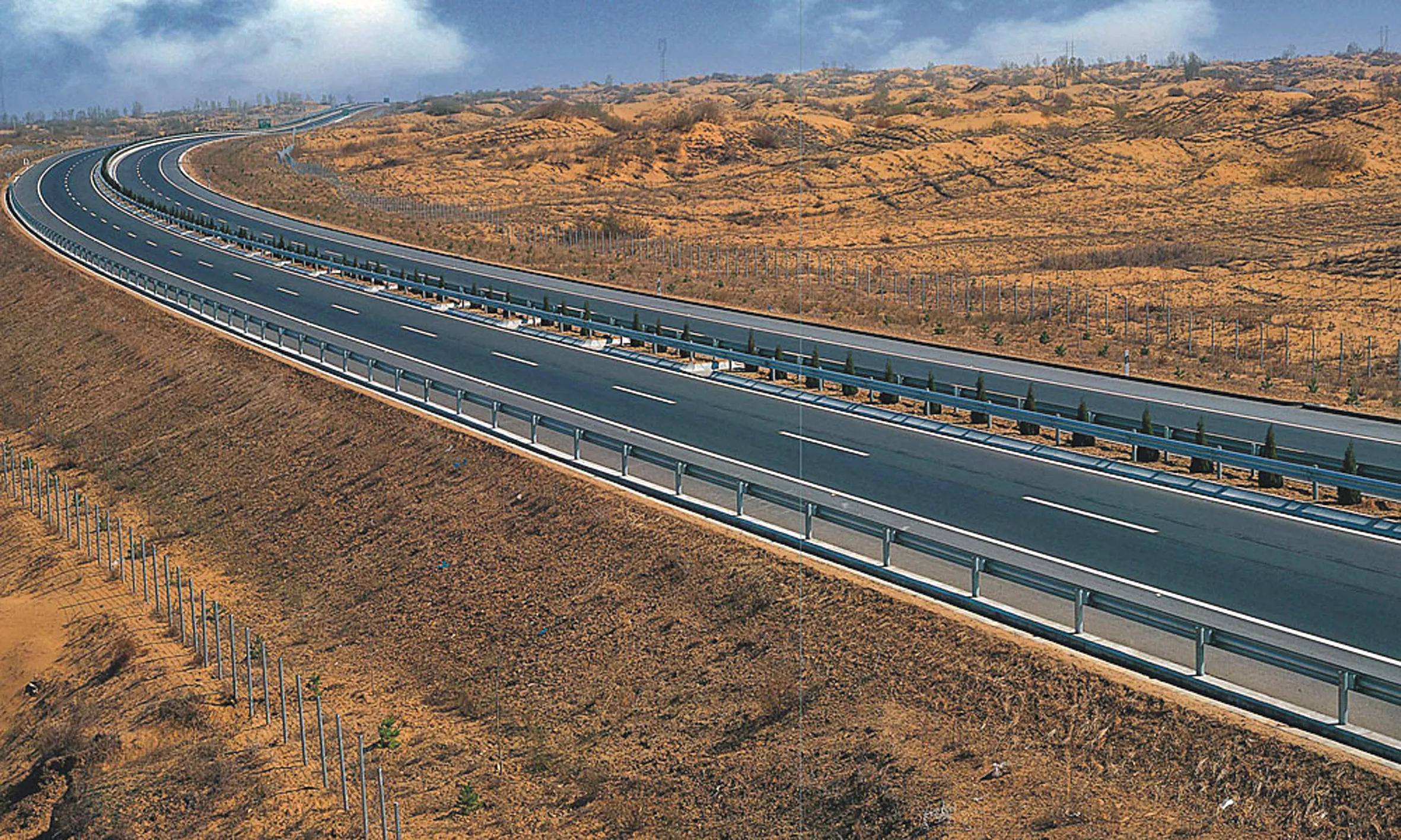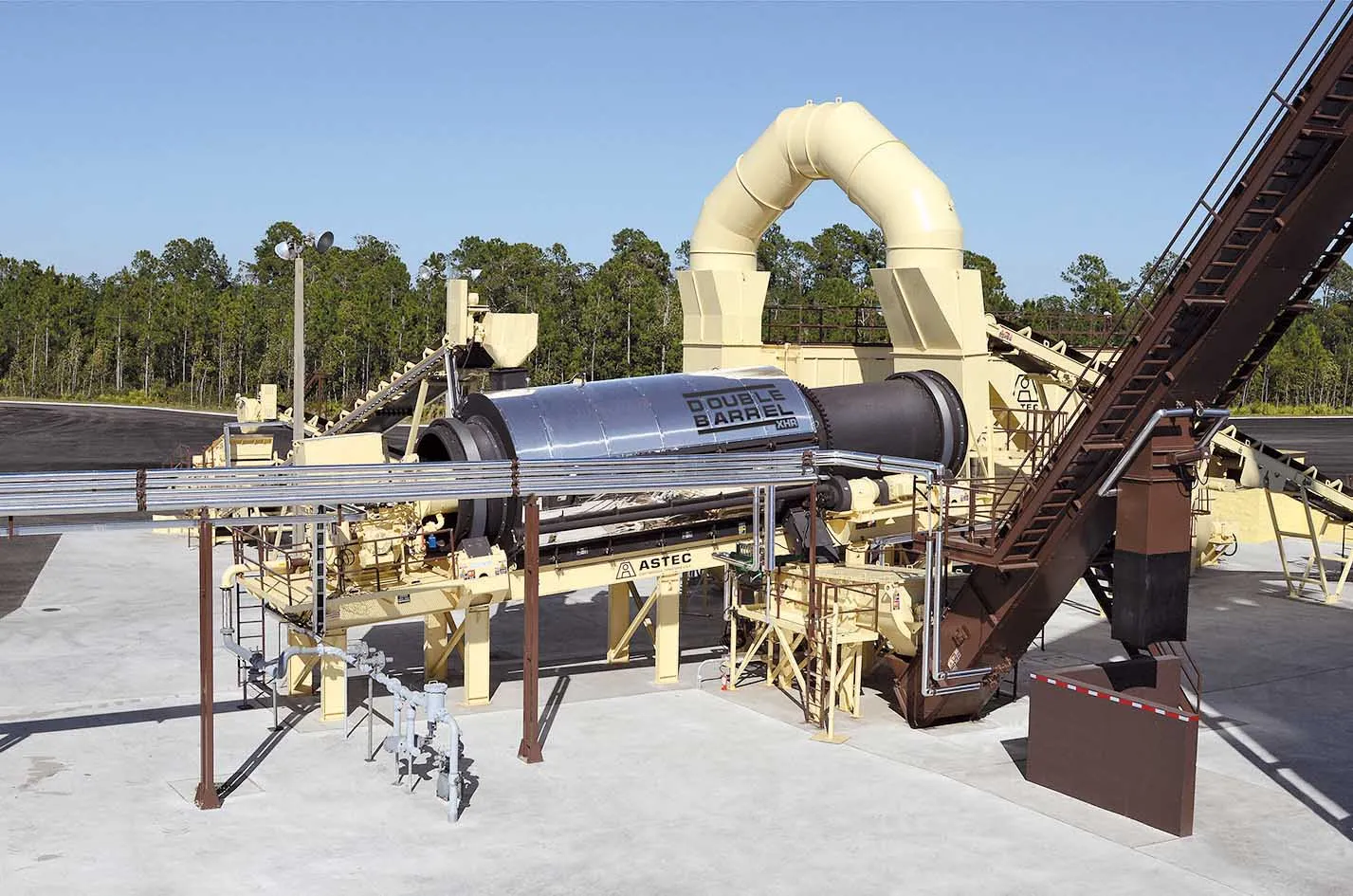A new highway project in Texas will tackle peak congestion
February 20, 2012
Read time: 4 mins
A new highway project in Texas will tackle peak congestion
A major highway job is underway in Texas at present where contractor Northgate Constructors, a joint venture between Kiewit & Zachary, is working on the huge DFW Connector Project. Northgate is using equipment from Guntert & Zimmerman, an S850, S600, and two TC1500s, on the job.The DFW Connector Project is a heavily commuted area in North Texas, with more than 250,000 vehicles/day using the corridor. To reduce traffic congestion where two of the areas most heavily travelled highways meet and to ease access into the Dallas/Fort Worth Airport, the Texas Transportation Commission authorised a request for Comprehensive Development Agreement (CDA) proposals in March 2006 for the reconstruction of State Highways 114 and 121 north of the DFW Airport.
In March 2009, the project was conditionally awarded to NorthGate Constructors (NorthGate); a Kiewit Texas Construction led joint venture with Zachry Construction Corporation. The combination of Kiewit's design-build experience and Zachry's strong position in Texas made NorthGate an effective partnership for the DFW Connector project.
The US$1.02 billion project is publicly funded, with $667 million from public fuel taxes, $250 million from
The DFW connector features a continuously reinforced pavement design. The pavement section consists of 305-915mm of lime treated sub-grade, 305mm of recycled aggregate base depending on the location within the project with 63.5mm of asphalt bond breaker. The pavement design is a continuous reinforced concrete pavement with 330mm thicknesses for the managed lanes, mainlanes and ramps and 254mm thicknesses for the frontage roads and side streets. Many of the roads and side streets will be paved in widths varying from 3.66-3.73m to include the shoulder and monolithic curb using the S600 paver.
Several of the paving pulls and widths were selected to allow traffic movements throughout the project. Because of the various traffic configuration changes and equipment moves, NorthGate needed equipment that would be easy to transport and change widths, with the contractor selecting Guntert & Zimmerman S600 and S850 pavers for the work. The S600 features the patented VariWidth frame width change system, which allows the double telescopic tractor frame to change width quickly, using rollers and an optional hydraulic clamping puck system. The S600 tractor allows the contractor to quickly switch between applications and paving widths and its narrow profile is said to be useful for the DFW Connector's tight pouring conditions. In standard paving mode, there is less than 610mm from the edge of the pavement to the widest point on the paver with sensor support arms removed. The S600 was supplied with Guntert & Zimmerman's new ZeroKit, which allows contractors to pave zero clearance applications. The A-Frame support means that the standard paving kit can be used with or without TeleEnds at either side of the S600 end bolsters. The ZeroKit is designed to pave widths out to 3.6m and does not require any counterweight, while featuring the firm's universal bolting pattern. This allows the S600 to be converted from standard paving configuration to offset configuration in less than four hours. The steel A-Frame prevents deflection and ensures a rigid pan and this is secured to the bolster using 12 standard 25.4mm bolts.
Both the S600 and S850 are equipped with G&Z's patented TeleEnds, telescopic paving kit end Sections, which allow the contractor to change paving kit widths in a couple of hours using a one or two person crew. The TeleEnds give the contractor 914mm of quick width change for each end section, a total of 1.83m if two are used. The S600 and S850 are also equipped with automatic 90° steering, giving the contractor more versatility for moving around the jobsite. The paving kit, front tie bar inserters and many of the other optional attachments on the S600 are interchangeable between the S600 and S850.







